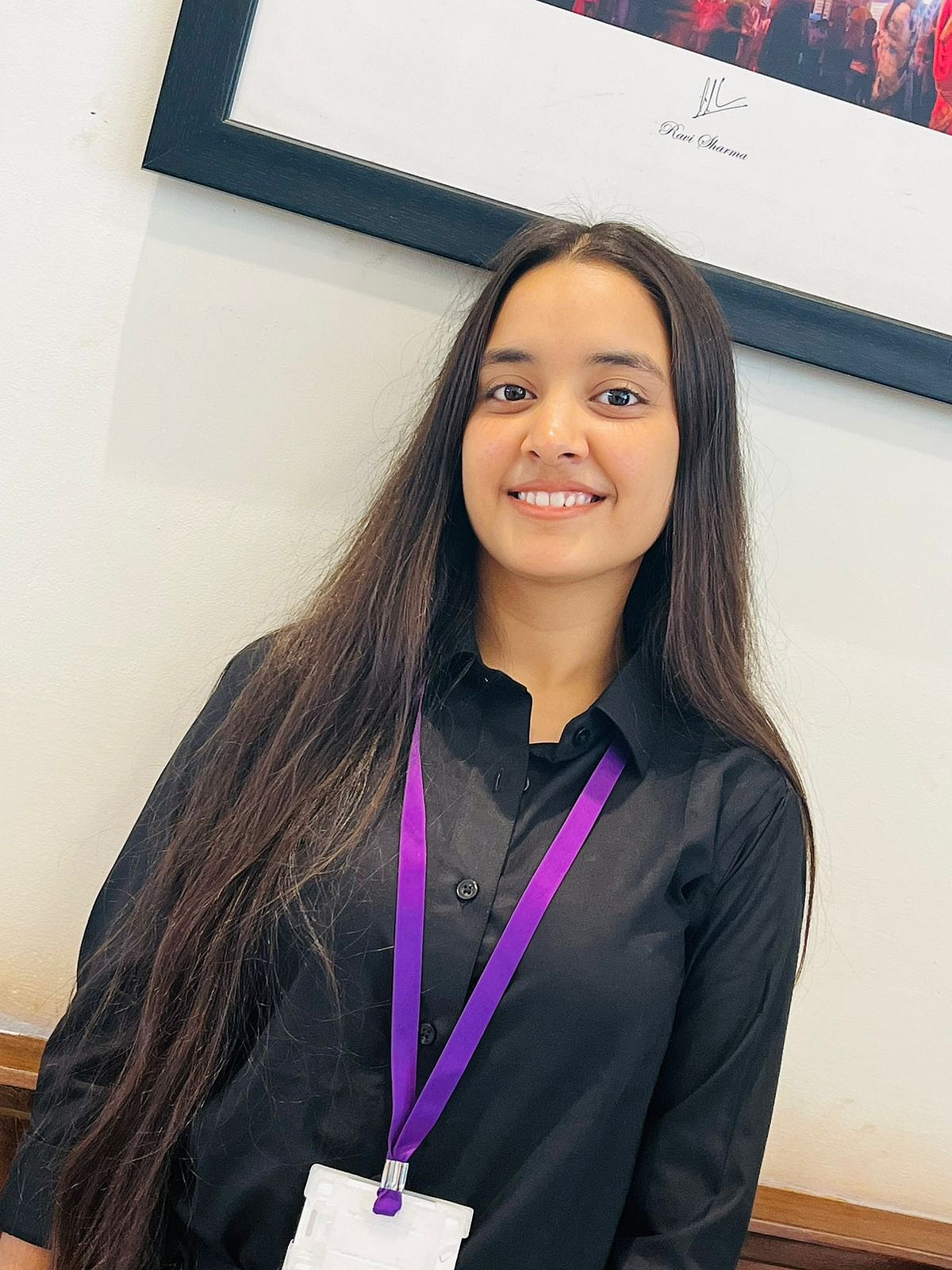
OnePlus is launching a new Gaming Technology
OnePlus Bets Big on Gaming With Custom Silicon, Software Overhaul
OnePlus unveils a custom gaming architecture with dedicated chips and proprietary code, aiming to compete with specialized gaming phones.
Highlights
- OnePlus is launching a new platform that reworks Android at the silicon level for gaming.
- It uses a custom "Tri-Chip" system and new core scheduler to bypass standard Android limits.
- The goal is to use deep hardware-software integration to set a new standard for Android gaming.
OnePlus is making a play for mobile gamers with an architectural overhaul that reaches down to the chipset level, a departure from the software tweaks and menu toggles that typically pass for gaming features on Android devices.
The Chinese smartphone maker, which will unveil its approach with the OnePlus 15 series, has built what it calls the OP Gaming Core: a resource management system comprising over 20,000 lines of proprietary code designed to sidestep Android's standard task scheduler. The company says its custom CPU scheduler cuts processor load by roughly 23%, potentially extending performance stability and reducing heat buildup during intensive gaming sessions.
Whether those gains materialize in real-world use remains to be seen. But the technical approach represents a shift in how Android manufacturers are thinking about gaming, less as an app category to be optimized and more as a platform-level challenge requiring fundamental rearchitecting.
How OnePlus Gaming Technology Works: Custom Chips and Frame Rendering
Central to the effort is what OnePlus calls Next-Gen HyperRendering, which rebuilds the GPU pipeline at the driver level and moves frame interpolation, the technique that smooths motion between rendered frames, directly into the chipset rather than relying on software layers. The company claims per-frame rendering efficiency improves by as much as 80%.
The hardware foundation is a three-chip configuration: a main system-on-chip (widely believed to be Qualcomm's Snapdragon 8 Elite Gen 5), paired with a dedicated Touch Response Chip that handles input processing and network stability, and a display controller capable of driving a 165 Hz screen. OnePlus says the touch chip can sample inputs at up to 3,200 Hz, though the practical benefit of such speeds is debatable.
The company is branding the suite OP FPS Max, targeting native 165 frames per second in compatible games, a specification that puts OnePlus in competition not just with other Android flagships but with dedicated gaming phones from Asus and Lenovo.
What's notable is the strategic direction: OnePlus is borrowing from Apple's integrated hardware-software model and applying it to Android's fragmented ecosystem. That's a difficult engineering problem. Android's openness, its strength in customization, becomes a liability when trying to optimize performance across varying chipsets, screen technologies and software builds.
The risk is that tight integration becomes tight coupling, limiting flexibility or creating compatibility issues with future Android updates. The reward, if OnePlus executes well, could be a blueprint for how Android devices compete in gaming without simply adding RAM or boosting clock speeds.
Whether the approach delivers sustained performance without battery drain or thermal throttling will determine if this is a genuine step forward or just sophisticated marketing. The OnePlus 15 launch will provide the first test.

Author
Krishna Goswami is a content writer at Outlook India, where she delves into the vibrant worlds of pop culture, gaming, and esports. A graduate of the Indian Institute of Mass Communication (IIMC) with a PG Diploma in English Journalism, she brings a strong journalistic foundation to her work. Her prior newsroom experience equips her to deliver sharp, insightful, and engaging content on the latest trends in the digital world.
Krishna Goswami is a content writer at Outlook India, where she delves into the vibrant worlds of pop culture, gaming, and esports. A graduate of the Indian Institute of Mass Communication (IIMC) with a PG Diploma in English Journalism, she brings a strong journalistic foundation to her work. Her prior newsroom experience equips her to deliver sharp, insightful, and engaging content on the latest trends in the digital world.
Related Articles






